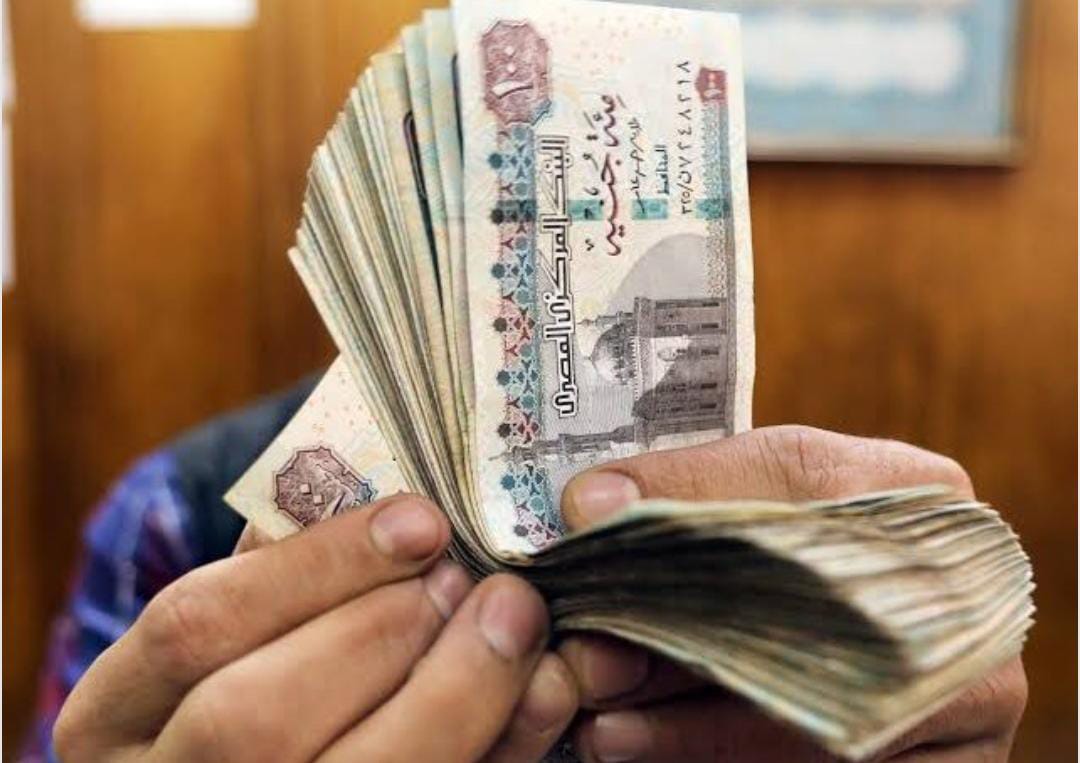
and core inflation to 13.6% and 9.4% in March 2025, respectively, the lowest core inflation rate in nearly three years.
The Committee attributed the decline in the annual headline inflation rate mainly to the decline in annual food inflation from 45.01 TP3T in March 2024 to 6.61 TP3T in March 2025. Annual non-food inflation also showed a relative slowdown in the downward trend, declining from 25.71 TP3T in March 2024 to 18.91 TP3T in March 2025, due to its delayed response to previous shocks and the impact of fiscal consolidation measures. In addition, monthly inflation trends since the beginning of the year have started to approach their historically normal pattern, indicating an improvement in inflation expectations.
She noted that the sharp decline in the annual headline inflation rate by about 9.0 percentage points in the first quarter of 2025, in line with expectations, led to a significant tightening of monetary conditions, providing ample scope for the initiation of the monetary easing cycle.
The Committee expects inflation to continue declining in 2025 and 2026, albeit at a slower pace compared to the first quarter of 2025, due to the impact of fiscal consolidation measures implemented and planned for 2025, in addition to the slower pace of decline in non-food inflation. However, the Committee noted that inflation expectations remain subject to upside risks, given the possibility that fiscal consolidation measures will exceed their expected impact, as well as uncertainty regarding the impact of the current Sino-US trade war and the potential escalation of regional geopolitical conflicts.
The Committee stated that, in light of the above, and taking into account the current monetary conditions, it believes that reducing the Central Bank's key interest rates by 225 basis points is appropriate to maintain an accommodative monetary policy, aimed at consolidating expectations and supporting the expected downward trend in inflation.
The Bank affirmed that it will continue to evaluate its decisions regarding the duration and intensity of monetary tightening on a meeting-by-meeting basis, emphasizing that these decisions are based on expectations, surrounding risks, and emerging data. It will also continue to closely monitor economic and financial developments and assess their potential impact on economic indicators. It will not hesitate to use all available tools to achieve the goal of price stability by directing inflation towards its target of 7% ± 2 percentage points in the fourth quarter of 2026.




